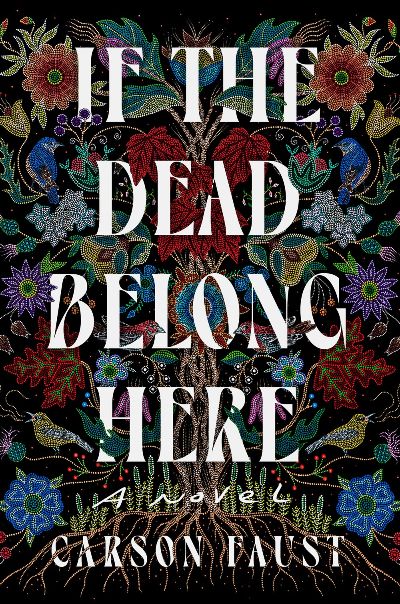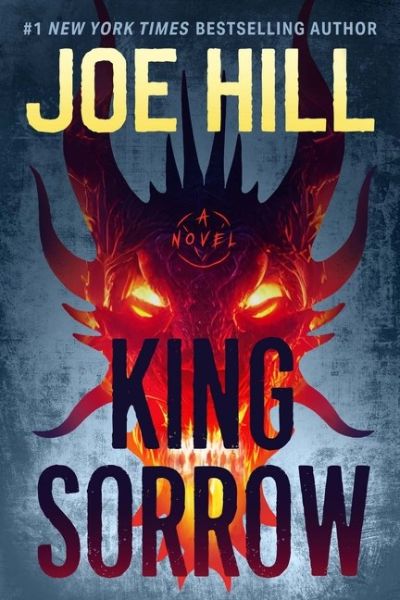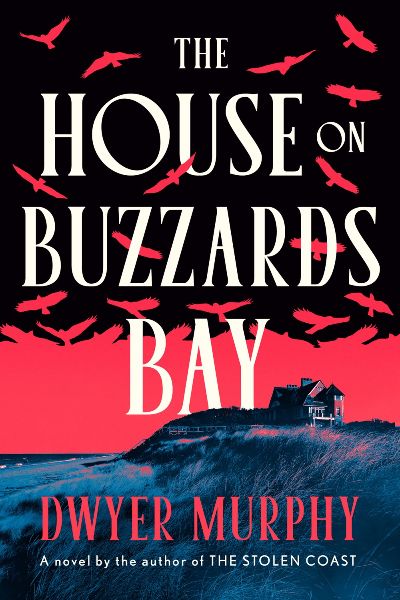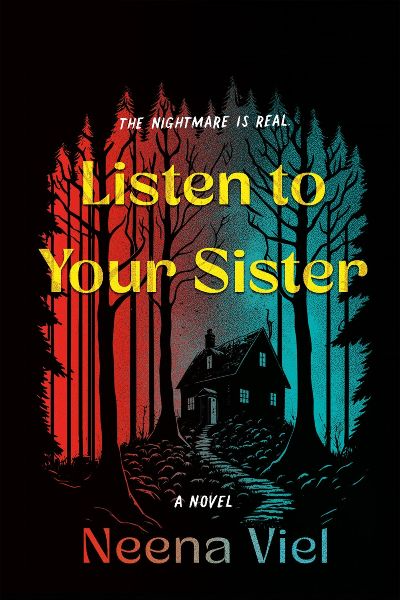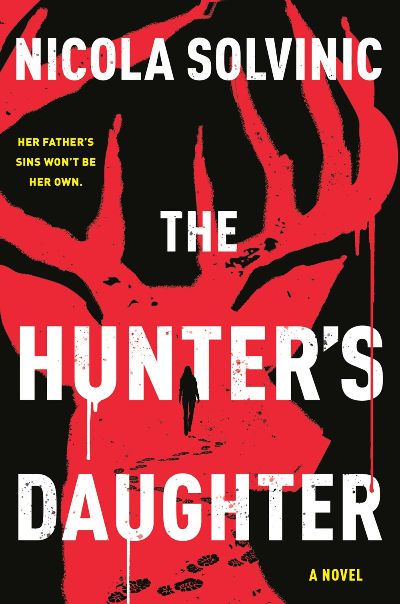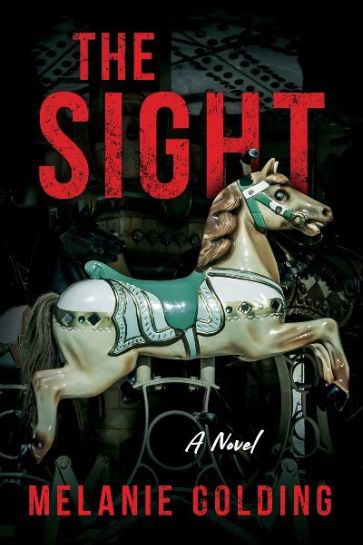Therapist Sarah Newcomb can’t get her fiancé to commit to a wedding date. Still, doubts about their relationship take a back seat when one of her clients reveals evidence of a potential copycat killer. Newcomb uses past-life regression to help her clients overcome trauma, but this patient unveils a time in the future, and this part of their divided soul works as a homicide detective. Trying to prove her client is making up material, she learns from that split soul of a natural gas explosion that will kill seven people in New Mexico the next day. The following morning, federal agent Grant Lukather from Homeland Security visits a site in New Mexico where seven people died in a natural gas explosion. He learns of a 911 call that came in the day before, warning of the blast. Tracing the phone number puts him in Sarah’s office. The twists and turns that follow are wild and completely unpredictable, and the story only gets better as it becomes increasingly complex. Heisserer received an Oscar nomination for screenwriting for the film Arrival, and he delivers the cinematic scope and intensity of a novel-writing pro. And the ending! It’s hard to believe this is his first novel, and readers will eagerly want more.
Supernatural
Between 1830 and 1850, the U.S. government’s forced displacement known as the Trail of Tears removed thousands of Native Americans from their ancestral lands in the Southeastern United States. But according to Native folklore, some Indigenous people evaded the Removal, sheltered by supernatural Little People. Faust’s atmospheric debut focuses on a family descended from those survivors and the generational trauma they have endured. When six-year-old Laurel Taylor vanishes from her Wisconsin home early one morning in 1996, her devastated mother, Ayita, believes her abusive ex-husband Barron kidnapped their daughter, even though Barron had abandoned the family before Ayita realized she was pregnant. But as weeks pass by and Laurel remains missing, Nadine, her older sister, begins experiencing nightmares and hearing whispers, especially in the tree house where Laurel always played. Have the Little People taken Lauren or are other family ghosts responsible? To find answers, Nadine travels with her Aunt Rosebud to South Carolina, where her fractured family has deep roots. Faust, an enrolled member of the Edisto Natchez-Kusso Tribe of South Carolina, draws on his family history and Indigenous mythology to weave a haunting tale of loss and redemption that may remind some readers of Keith Donohue’s The Stolen Child with a touch of Poltergeist.
Gwen Underfoot is a senior in high school, and her closest friends are all in college, including twins Donna and Donavan; Allie; Colin; and the young man Gwen has feelings for, Arthur, who works at the college library. An act of kindness ends up with him being blackmailed to ensure his mom stays alive: forced to steal first-edition books from the collection, Arthur wants a way out before he gets caught. The others devise a solution involving an ancient ritual and a journal bound by human skin that conjures up the dragon King Sorrow. The beast promises to help Arthur with his problem, but he and the others are now bound to the dragon, who will demand a sacrifice from each of them every year for the rest of their lives. Hill has crafted a brilliant story with well-rounded characters readers will love and hate, a terrifying spin on everyone’s worst fears, and a tale of six people bound together by a bad decision as they journey through life with that weight on their shoulders. There is even a blink-and-you-miss-it spin on the Greg Stillson campaign from Hill’s father, Stephen King’s, classic The Dead Zone. Don’t let the size of this book sway you from reading it. Joe Hill has another classic on his hands.
Murphy likes to take lawyer characters out of their geographic and emotional comfort zones, and in this, perhaps his best book yet, he makes the discomfort both sharper and more nebulous than we’re used to. The author’s (An Honest Living) main character is Jim, who’s married to Valentina; they spend the summer in a house he inherited in Buzzards Bay, on the southeastern coast of Massachusetts. Before he met Valentina, he gave his tight pack of college friends shares in the home; over the years, they’ve summered there, some regularly, others rarely seen. This summer sees the return of several regulars and of Bruce, who hasn’t shown up in years. He brings with him a darkness that creeps over the old friends and becomes especially pronounced when the residents, in a nod to the house’s origins as a home for an occult group, holds a séance. A French woman who’s an ex of one of the gang, with her languid but also guarded ways, will be memorable for her strange manner. But all the characters and even the house will stay with readers, especially those who enjoy introspective language (“there was something petty, almost squalid, in not appreciating a friend’s beauty until she was holding it there before you”) and a slight tinge of the supernatural.
Calla, 25, has carried her family forever—they’re a “collectively forked tongue, sharp and dangerous”—and their endless needs drag her from the better life she was building. She’s now a fretful, parenting-advice-reading mom to her lovable but wayward younger brother Jamie, 16. Their father is dead; their mean, drunken mother took off; and middle child, Dre, is no help, despite swearing that if Calla became Jamie’s guardian, he’d be there for them. “Redneck Amish Mormons would be better guardians than you,” says Jamie, in one of the book’s many grimly funny moments, and the pinnacle of his unthinking rejection is driving to a Black Lives Matter protest with a group of friends—when he promised Calla he’d stay home—to give the protesters some illicit help. Jamie has been experiencing bizarre moments, such as when his hand dissolves into a girl’s face and he can feel her insides; more of the same happens at the protest, but no excuses can help Jamie with the law when he’s Black and the protest gets violent. Things are simultaneously going monumentally wrong for Dre, who now must also dodge the police; Calla is once again on the hook to save her brothers from themselves. This is where fear and body horror meet hope and love, the siblings’ lengthy battle for one another stretching their emotional and physical limits and revealing their true selves in all their fury and strength. Debut author Viel really brings the horror here, it’s not for the squeamish at all, but those who can brave this epic fight will be rewarded with a story to remember.
Having left behind her life in Baltimore, 20-year-old Ruby Young has settled in a so-so apartment in a so-so Boston neighborhood. The previous tenant who rented her apartment, Cordelia Graves, died just a few months ago, reportedly by suicide. But now another neighbor has died, murdered in an apparent mugging, and Cordelia—she’s become the building’s ghost-in-residence—is determined to keep Ruby safe. But Ruby is one tough cookie herself, with zero fear of the supernatural, and as much as they may be opposites, eventually the two women settle on refrigerator magnets to (sort of) communicate. Hearing each woman’s interior monologue is a hoot, as their relationship as roommates grows and they head out into the world to investigate if Jake was actually murdered…and did Cordelia really die of suicide? Droll, a touch maudlin, and featuring two outstanding characters. Readers are going to be eager for a sequel to this story.
Alering’s striking, dark debut novel mixes magical realism with crime and dire poverty. Sheila, 17, and Angie, 12, are sisters living on the absolute edge in 1980s Appalachia. Their father is dead, their brother in prison, and they and their mother live with an elderly relative, growing vegetables and keeping rabbits for food. Sheila keeps her side of the room neat, Angie very much doesn’t, and the differences only begin there, with the most significant being in their dubious magical gifts: Sheila is burdened and chafed by a rope around her neck, visible only to her, that grows thicker and longer over time. Angie draws sinister tarot-type cards that she carries everywhere, with figures like “A creature made of root and sinew [with] a crooked crown of worms” that give her frighteningly accurate messages. Outside the squalor the girls live in are the hikers, whom they think of as impossibly rich, trekking the nearby Appalachian trail with their fancy equipment and cluelessness. When two of them are killed, Angie takes on the investigation, much to her sister’s exasperation. This is one of those novels whose setting and characters take the front seat—readers won’t soon forget Sheila and Angie and the lengths they go to to survive and find peace.
Subterfuge and supernatural elements infuse this dark, absorbing debut. Our protagonist is Midwestern police detective Anna Koray, who’s had a relatively staid career until she makes the mistake of confronting a violent perpetrator without backup. She kills him, but is shot herself in the process. When recovering, she’s required to undertake counseling; at the same time, she pushes herself into the investigation of a serial killer whose horrifying work resembles that of her father, who years ago was executed for his murder of multiple women as sacrifices to a forest god. Both Anna’s colleagues and the doctor she’s in a burgeoning relationship with have no idea that she spent her childhood in thrall to the Forest Strangler. Anna herself doesn’t even have all the details, which were sealed away in her subconscious by a manipulative therapist whom she now sees for the reverse process, setting in motion an emotional and dangerous roller coaster of unraveling secrets and treacherous confrontations. A cold-case podcaster adds a moral dilemma to the exciting tale—when is it better to leave the truth buried? Readers who enjoy a wilderness thriller, such as Elizabeth Hand’s Hokuloa Road or Paul Doiron’s Dead Man’s Wake, will appreciate this story.
Can a house hold evil? Can it hold memories? Nellie Lester fears the worst when she accepts a nursing job in New Harmony, Michigan, an island town where she spent her early life. But she’s desperate to get out of the flu pandemic that hit her Chicago hospital and everywhere else, in the aftermath of the Great War. Perhaps even more compelling is her need to find out who her father was. The only remnant of the man is a photograph that might show Nellie and her parents years ago in New Harmony. Arriving, the nurse finds that Ravenwood Manor and its owner, William Thiery, hold forbidding reputations in the area—the house is haunted, they say, and William is a frightening man who cares little for his wife and the baby that Nellie is there to deliver. Then a body is found with a fatal head wound, and Nellie doesn’t accept that the death was an accident. She’s not there to be a detective, her boss is quick to point out, but the danger is mounting. Nellie must solve mysteries from the past and in the present to save herself and, she hopes, get out of New Harmony. Supernatural elements —scariest is a death portrait of a child in which the subject seems to progressively rot—add to the domestic drama and historical wrongs, creating a gothic suspense and a feisty protagonist to remember.
Faith Harrington’s mother is dying. It’s no surprise to Faith, who can see others’ deaths when she looks in their eyes, though she can only guess at the timing of the demise. This ability revealed itself when Faith was a child and she saw her brother’s drowning ahead of time, an event that left the members of her family’s circus thinking that the girl, like her grandmother who had even more such powers, was cursed. Since then, Faith’s been pushed to the periphery of her family’s traveling and performances. But when she enters the big tent and accidentally sees a performer collapse, and reassures his daughter that she’s seen his death and it’s when he looks much older, it’s the beginning of chaos and danger surrounding the strange talent. The question of whether fate can be changed will linger with readers after this thoughtful, atmospheric book that features a startling twist at the end. Remember Erin Morgenstern’s The Night Circus? This is for fans of that who are ready for something darker, as well as readers who like to learn about intriguing subcultures.
- 1
- 2


